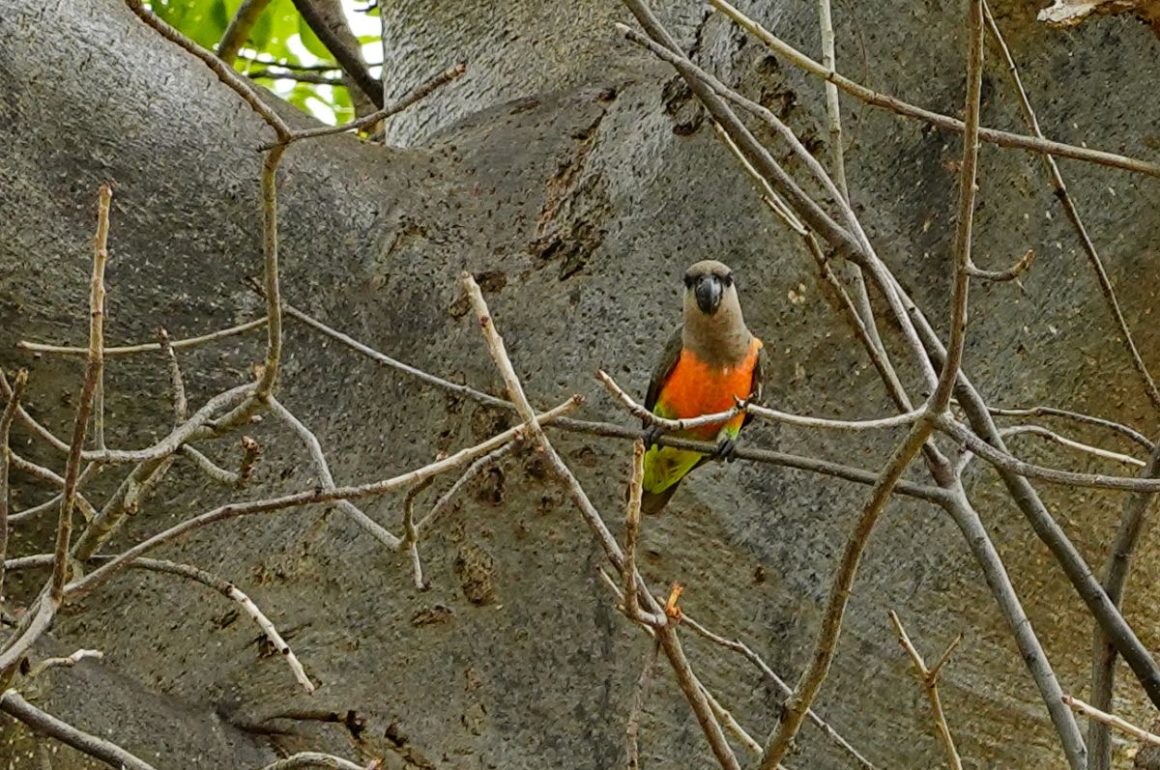
Kenya was the last of four countries I visited on a trip that started in Botswana and saw me cross Zambia and Tanzania, the latter country with Sami, who joined me and my bicycle in Dar-es-Saalam with his own bike. Having explored Tanzania’s northeast and the area around Lake Natron, we crossed the border into Kenya anticipating to discover more beautiful scenery in Kenya. These expectations were cut short when the axles of our bicycle wheels were stolen at the border, leaving us stranded in Nairobi for two days. While this dampened our spirits significantly, in an unlikely turn of events we managed to retrieve the axles with the help of two energetic police officers. Being able to cycle again but having lost some time, we decided to visit the area around Lake Naivasha given its proximity to Nairobi.
We took a small detour to the southwestern extent of the Aberdare mountains at the Gatamaiyo Forest Reserve, as I had really wanted to get a sense of montane forest in Kenya given that this is such a unique habitat. It was a new sight for me seeing native junipers part of a tropical forest – I first thought that they had spread from the plantations that seemed to eat their way into the forest from all sides. Some movement in the trees alerted us to a group of black-and-white colobus, which were frustratingly difficult to actually see.
There were a few lifers for me in the forest, but taking photos of them was all but impossible. The agricultural lands on the approach to the forest however was a rather different story. Streaky Seedeaters were somewhat of a trash bird, perching on every other fence pole and singing from the treetops. I also found the White-eyed Slaty Flycatchers very cute, particularly their large decidedly black eyes. However, the species that entertained me the most was Tarcazze Sunbird, boasting the most variably irridescent plumage I’ve ever seen on a sunbird, with everything from orange-yellow to purple in its repertoire.
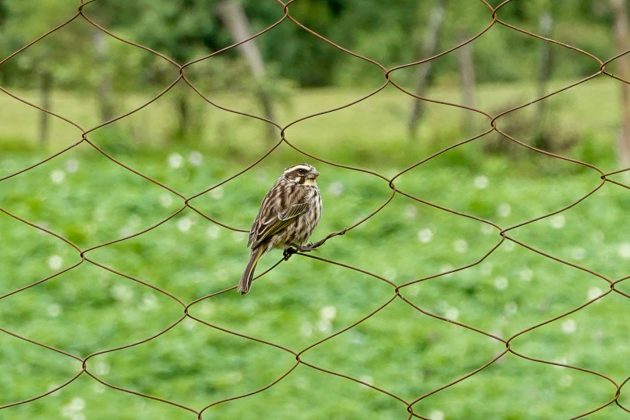
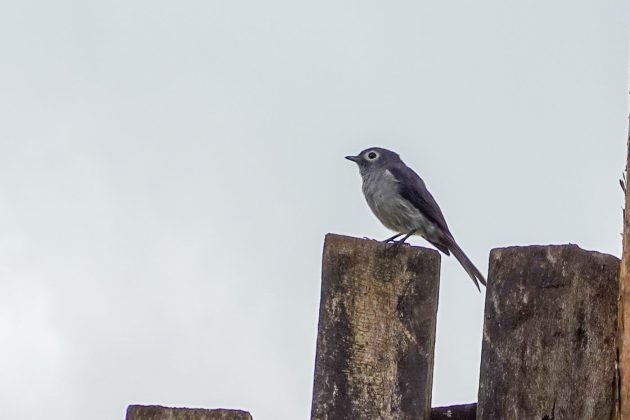
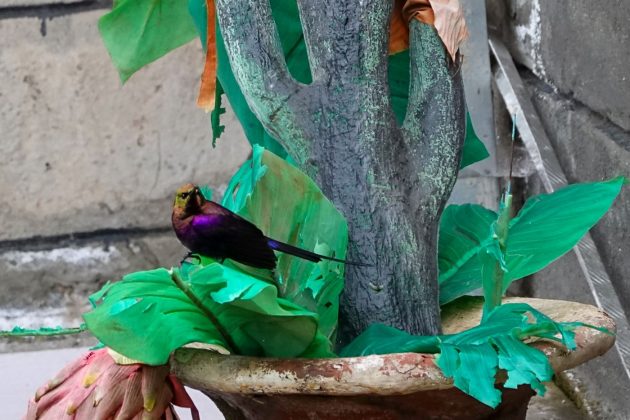
We spent the night in a guesthouse in a nearby town, not being prepared to camp in the cold at 2,700 metres altitude. We stopped at a small waterfall while cycling down the escarpment the next morning, where a Bamboo Bracken Warbler distracted me while Sami took a swim in the impossibly icy water.
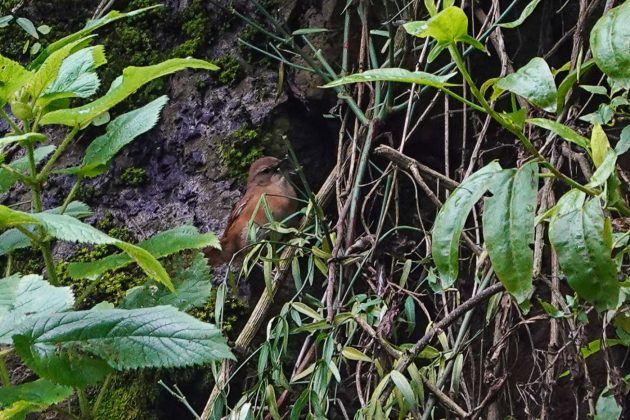
Having descended into the lowlands, we hiked up Mt Longonot and cycled around in Hell’s Gate National Park, typical tourist activities of the area. Given the pretty dramatic name of the park I was scared to expect too much, but seeing a few more mammal species and enjoying the indeed spectacular scenery was worth it. Neither the mountain nor Hell’s Gate were particularly productive in terms of birds, though. There were a few interesting sights, such as Eastern Grey Woodpeckers, which were regular in agricultural areas. I had also looked forward to seeing Abyssinian Wheatear, which duly obliged. I was amused by the near-vertical stance these birds adopted, and even saw a few individuals fall over backwards (okay, the latter is not true).
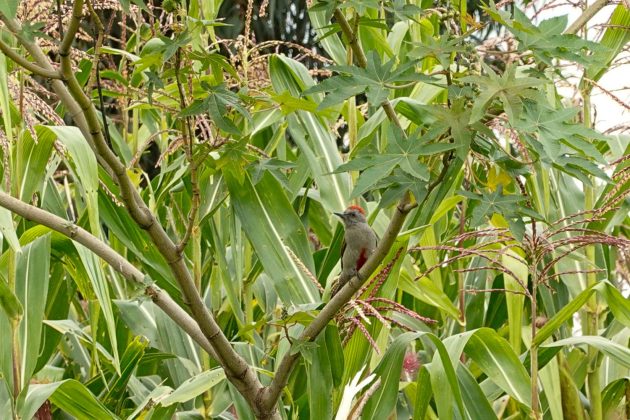
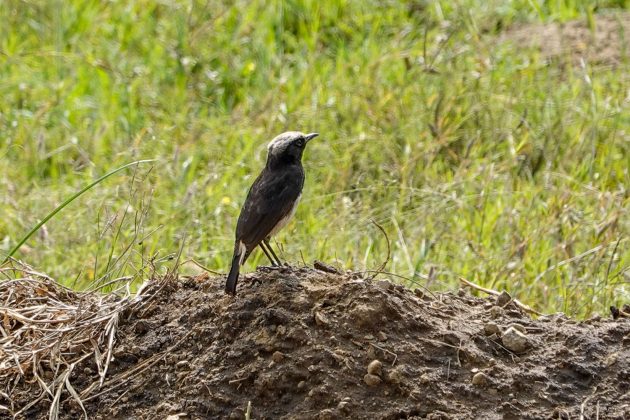
Aside from the birds, black-and-white colobus monkeys seemingly mocked our efforts to get a view of them in the montane forest a few days earlier, as they were all over our campsite at Fisherman’s camp. Primates in general were the bigger distraction here than birds, and for good reason as the vervet monkeys remained true to their image, being actively engaged in stealing food whenever you turned your back.
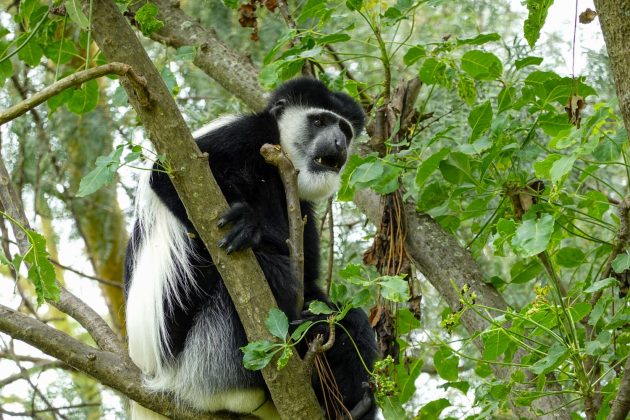
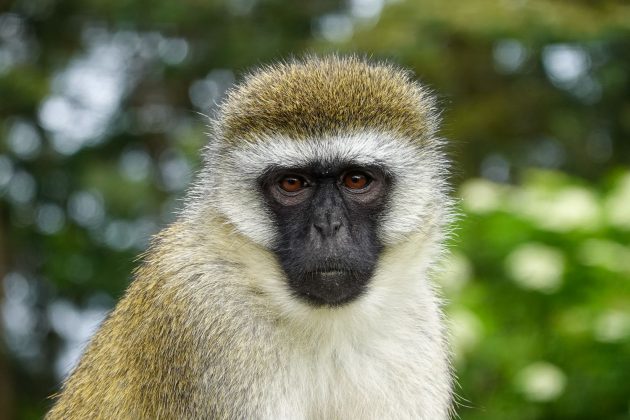
Although not what we hoped for when entering Kenya, we managed to make the most out of the amended plans after our bicycle parts were stolen. We continued to Mombasa by train, from where – after a short detour to the legendary Arabuko Sokoke forest – we returned to Europe. Although I grew up in southern Africa, traveling in a way that puts you in touch with, and makes you rely on, local people to such a great extent produced many lessons and memorable experiences. I saw around 400 species on the way from Botswana to Kenya, not bad given that birding was not my main focus over the past two months (heretical words to be written on a birding blog, I know).



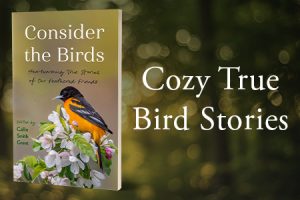


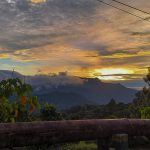
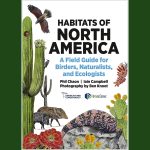



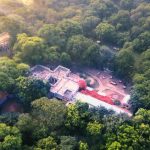
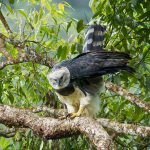
Keep pedalling, Luca. I’ve only explored Kenya on four wheels, but your two-wheeled exploits make great reading.
When were you there? If it was a while ago, maybe we passed each other on some road, somplace… Very strange what parts went missing…If you were referring to your quick-release skewers, that would be simpler to take, but I’d be very surprised if anyone in that area would want them… 😉